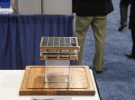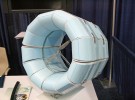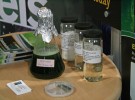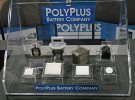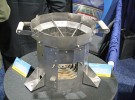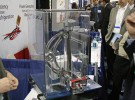The ARPA-E Energy Innovation Summit, currently going on near Washington D.C., is projecting a cautious optimism this year that it will be at the forefront of a clean and renewable energy revolution domestically. Even as Congress and the White House battle over the budget, and special interest groups supporting clean energy and opposing it weigh in, the energy in the air from speakers, presentations and demonstrations of cutting edge cleantech has created a bubble of optimism around conference participants that is impenetrable.
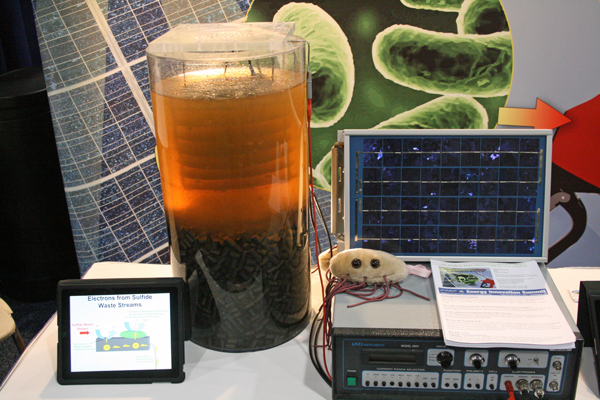
Energy Secretary Steven Chu kicked off the Summit with a keynote in which he talked about a clean and renewable energy agenda the country needs to take to remain competitive on the global market and also reduce our need for fossil fuels. He said the Department of Energy, through public and private partnerships, is trying to create an environment that will foster these ideals. China has more or less become the world leader in clean energy, though domestically the United States remains ahead in terms of cleantech venture capital investment.
He, along with mostly everyone else at the Summit, believes it is possible to make the cost of clean energy comparable to that of fossil fuels. Critical to this is the support of the federal government which, through projects like the ARPA-E, is helping to fund cutting edge research in areas like advanced solar technologies and carbon capture techniques. The easiest way to get a sense of what he was referring to was to stroll the Summit show floor, where public and private entities alike, many of which have received some type of federal funding, were showcasing examples of this advanced clean technology. You can see some of these yourself in the photo gallery below, of which you can click on photos to enlarge them and browse in a manual slideshow like format.
All images in this gallery copyright EarthTechling
After Chu’s opening remarks, Senator Mark Udall of Colorado took the stage to talk. What he had to say, in summary, was pretty simple: clean energy is the lightbulb, aka key innovation, for the 21st century. Similar sentiments, echoed by other speakers, included topics around items like public/private partnerships, energy security and trying to get the cost of clean energy down to five cents per kilowatt hour.
Not to be out done by the earlier speakers, former California governor Arnold Schwarzenegger took the stage to a heavy applause. He hit on themes like how a green agenda when he was in office helped to drive green sector jobs at a rate 10 times faster than other types, how the health of many would be better if we could reduce pollution and the fact our national security is compromised by our dependence on foreign oil.
A lot is also being talked about here in special sessions and on the grounds of the convention center around topics like increasing domestic manufacturing again after years of shrinkage through cleantech development, moving electric vehicles into mainstream adoption and looking at energy efficiency as a way to save and make money. Again, there’s a sense here, despite many naysayers outside of this cleantech bubble, that a cleaner economy is possible if everyone works together towards a common goal.

